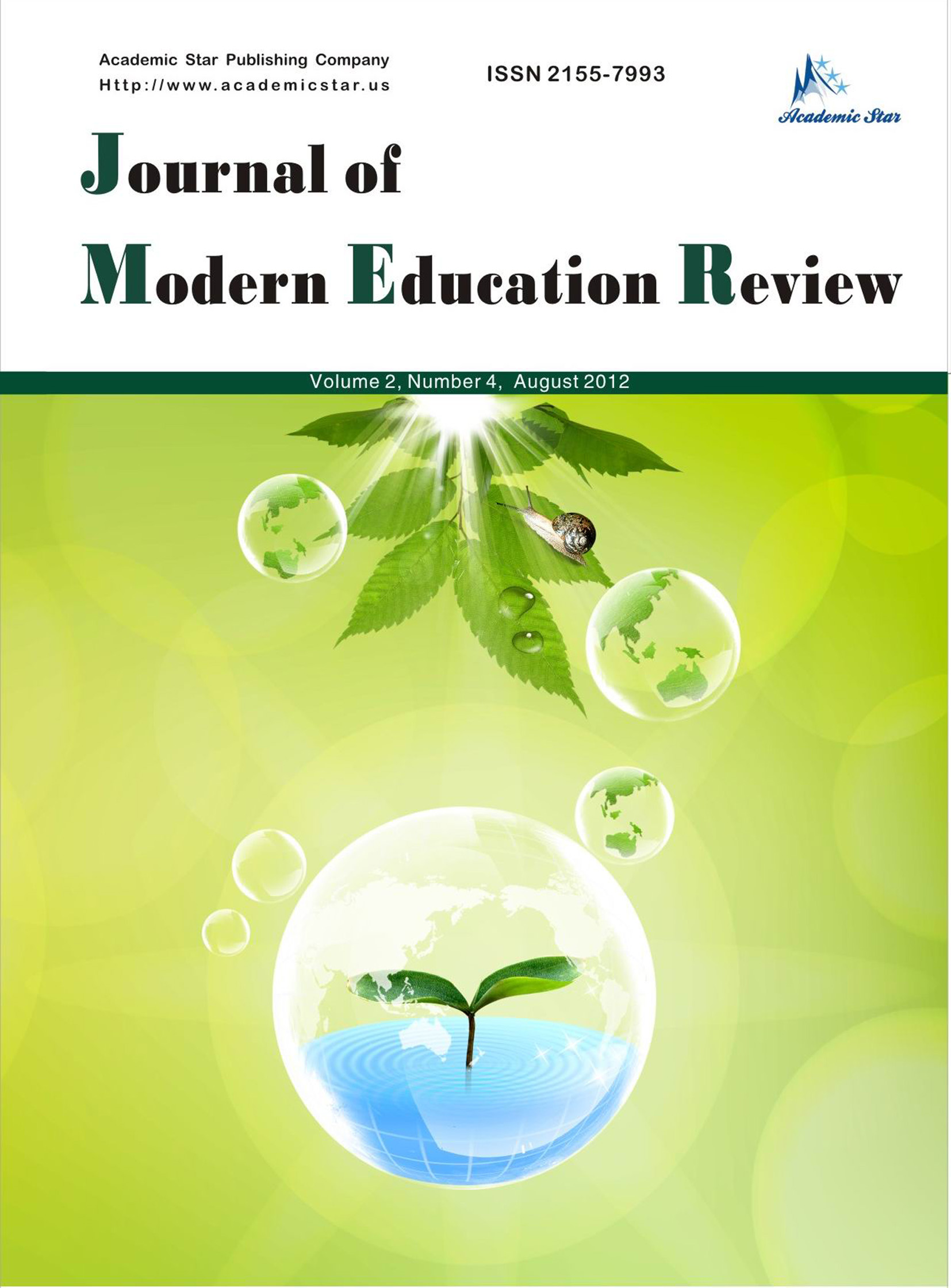
- ISSN: 2155-7993
- Journal of Modern Education Review
Emerging Paradigm in Practice Engineering Education
Om Vikas
(Senior Member, IEEE, India)
Abstract: Globalization prompted division of skills. Polarization of opportunities put countries in competitive and collaborative mode. Underdeveloped nations are in catch-up phase, developing nations are in competitive phase and the advanced nations are in commanding phase with respect to certain technologies. Innovation — Technological, Business and Education — is imperative for sustainable socio-economic development. Education innovation is basis for technological and business innovation. “Innovation” is not a commodity that can be imported. It is also not true that innovators are born and cannot be trained. Innovation springs up in conductive environment and sometimes in compelling circumstances. Foundation of creative or critical thinking and building up technological skills is nucleated at school level, and developed at college/university level. Right kind of conductive environment and pedagogy needs to be encouraged at school/college/university level to proliferate skills with scientific base. There is attitudinal mismatch between digital native learners and digital immigrant teachers. Engineering education needs revisiting curricula and pedagogy. Knowledge acquisition, guided/unguided skill development, simulated/hands-on, and concern about society are part of Teaching-Learning processes. There is disconnect between technician and graduate engineering level education. Steps to augment innovation may include curricular reforms, faculty development, prolonged academic leadership, progressive accreditation, innovation-conducive pedagogy, entrepreneurship, and professional communication.
India targets GER (Gross Enrollment Ratio) to be raised from the present 13.5% to 30% by 2020 so as to reap demographic dividend with 12% productive population, the largest in the world, in age group of 18–24 years. A re-structured curriculum is suggested to provide direct entry to the pass outs of technician level programme with flexible entry and exit encouraging skills competencies. Innovation-centric education radar may be developed that relates four key dimensions: Offerings (What), Beneficiaries (WHO), Processes (How), and Presence (Where).
Key words: engineering education, practice engineering, quality & relevance, horizontal & vertical mobility






